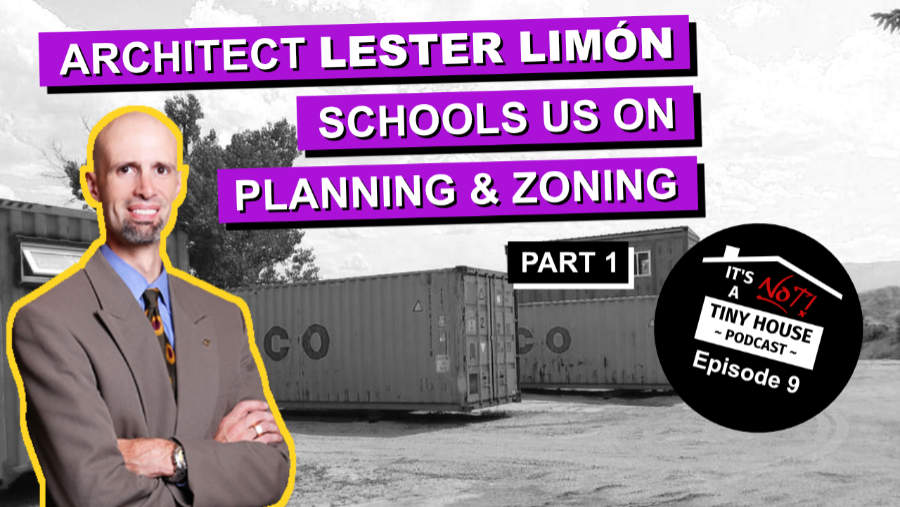In bicycle racing, the rule is conservation of energy, You spend your time looking for wind shadows among the peloton while your strategy, whether team or individual, plays out along the miles of road ahead and underneath.
I have spent most of my time playing both the role of windbreaker and sufferer. Making large holes in the wind where teammates could plan their win is both frustrating and noble for me. I like the idea that I’m strong enough and fit enough to pull an armada of carbon technology behind me for miles. I also like the notion that suffering was my job, and I played the role selflessly for the betterment of the team. I don’t know what that says about me specifically, but I’m sure there’re others who feel similarly. We enjoy the work and we do it for little recognition. We like being appreciated, and certainly we like winning! But the work is the focus. However, race day is a single event.
Training for race day takes weeks of physical and mental preparation on roads lonely and alone, devoid of the camaraderie of the peloton. Pros train together in temperate climates in exotic locations, and are supported by mechanics, nutritionists, and managers. Privateers have only their tool bags and the myriad bars and gels they carry in jersey pockets.
Training using miles of endless tarmac and gravel give you the opportunity to hone what you love about the suffering and perseverance. It also gives you the opportunity to read the landscape surrounding you, building the encyclopedia of knowledge of the wind; how it gusts and where you can both hide from it and use it to your advantage.
The best time spent in the cockpit of a bicycle is that sweet spot where your speed matches the wind at your back. You suddenly hear the world around you. The click of the shifter and the subtle shift of the derailleur, the soothing rhythmic rotation of pedals, cranks, and shoes. All the mechanization that happens on every ride is suddenly part of your senses. You suddenly hear the sound of rubber tires on pavement or the crunching of gravel beneath mountain bike tires. Listening to the world around you is truly bliss. It is the closet thing to weightlessness I can imagine on Earth.
Finding that sweet spot in daily life is a quest we all pursue. When do you find those moments? Do you recognize them when they appear? And do you enjoy and take advantage of the moment?
Strategic planning will win races, both in business and life. Training and hard effort will prepare us for the work it takes to be successful, whether we win individually or as a team member. But enjoying those moments that are solely experiential are the cream of life. Skim it off every chance you get.


